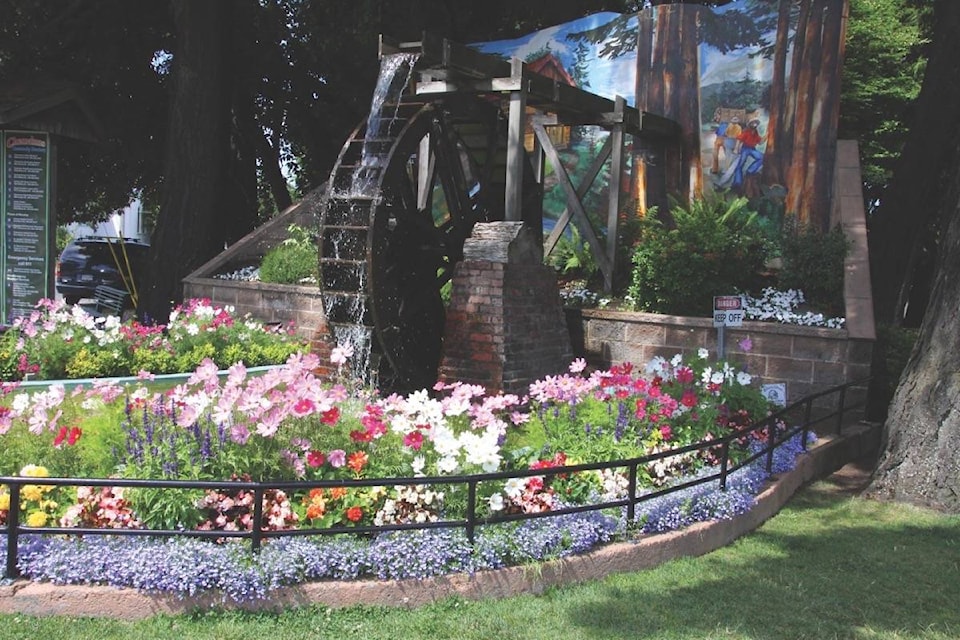1. What is amalgamation?
• Amalgamation is a type of municipal restructuring where two or more existing municipalities combine to form a single new municipality.
2. Local history: did you know?
• Beginning in 1873, the City of Duncan and the Municipality of North Cowichan were one municipality. In 1912, the City of Duncan separated from North Cowichan. Since that point, there has been a recurring discussion about whether the two municipalities should consider reunification.
3. The vote: is it 50 per cent plus one in North Cowichan and 50 per cent plus one in Duncan (both required) to pass?
• In B.C., in order for an amalgamation to take place, it must be approved by more than 50 per cent of voters in each municipality. Should a majority of voters choose amalgamation, the province would have the final say on amalgamation after reviewing the voting results. The province maintains the authority to grant or prohibit amalgamation based on these results.
4. How will the new council be chosen? Will councillors be elected at large, or will there be a ward system?
• If the referendum is in favour of amalgamation, a new council will be elected during the municipal elections in October 2018. A ward structure will not be used.
5. How many councillors will there be?
• Municipal legislation states that the council would consist of one mayor and six councillors.
6. Where will the centre of government be? Will both the municipal hall and City Hall be kept?
• If the referendum is in favour of amalgamation, detailed analysis will be undertaken to develop options and recommendations to a new council for merging the two municipalities. Discussions around locations and use of existing buildings will be considered by a new council.
7. Will there be staff reductions?
• If the referendum is in favour of amalgamation, detailed analysis will be undertaken to develop options and recommendations to a new council for merging the two municipalities. So: maybe.
8. How would a new name be selected?
• If the referendum is in favour of amalgamation, the province will appoint an interim name for the municipality. There would then be a public input process to assist the new council in selecting a permanent name.
For more information, check out www.youdecide.ca
